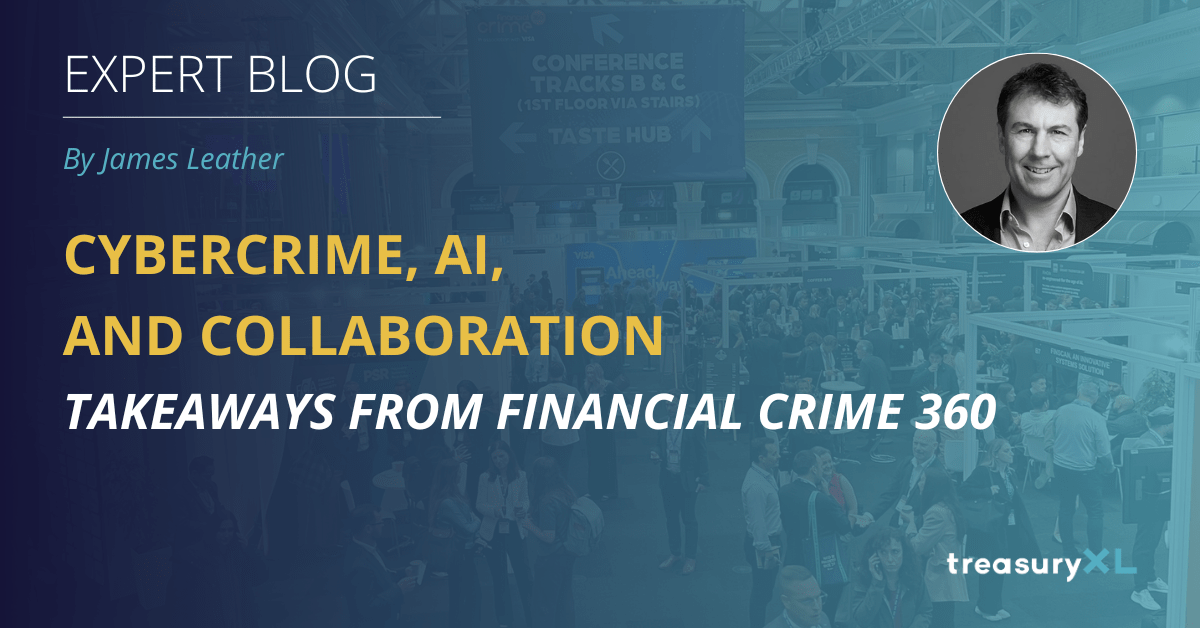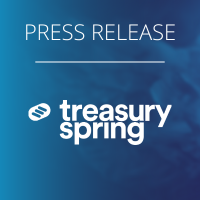How was AI being positioned in the financial crime space? Any use cases that seemed ready for adoption, not just theoretical?
AI was front and centre as both a weakness and a strength in the fight against financial crime, especially cybercrime.
- Strength: It possesses the processing power to perform a lot of checks, detections, and data insights, particularly in real time, to help in the race to keep ahead of criminals (although no concrete use case was given).
- Weakness: It is also a weakness, being used and exploited by criminals. One example given was the California State Benefits office, which uses AI to verify photo IDs for online customers via a device camera. In this case, AI did not detect that the user had set up a false ID and used a wig in the device camera to match the ID. The point being that if we remove humans totally from the checking process, then we open ourselves up to this kind of problem.
Was there any talk about cooperation between banks, fintechs, regulators, or law enforcement that resonated with you?
Very much so. Tijs Broeke, chair of the Police Authority Board, stressed that combating financial crime and fraud requires public-private cooperation. A “whole-system response” is essential, with the tech sector fully involved.
Which regulation or compliance challenge was getting the most attention, and do you think it’s being addressed well?
The main tension discussed was between Data Protection regulations, which impose heavy fines for leaks and breaches, and the need for cross-sector data sharing between banks, telecoms, and social media organizations to fight cybercrime.
If you had to pick one message or idea from the event that might change how treasury teams think about financial crime, what would it be?
It would be the sheer scale of the problem, meaning treasury teams need to take it seriously and be proactive:
-
By 2025, the global value of cybercrime is projected at c$10.5 trillion, making it the 3rd largest “economy” in the world after the US and China.
-
Criminals are agile and share data quickly, while non-criminals often don’t due to Data Protection Acts and siloed working.
-
Treasury teams should actively participate in their organization’s data strategy, ensuring data sharing and security are integrated.
James Leather
MCT CertBALM® CGMA
Treasury Specialist
Director, Corium Treasury Limited
James provides corporate treasury services – from regulatory reform to financial risk management – through Corium Treasury Ltd. Corium are currently providing consulting services to, Winterflood Securities Ltd.













